InnerSpace

Providing interesting spins on gameplay is important for new titles. Between big budget triple A titles and the constantly growing indie market, it’s integral for a new game to bring something different to the mold and give gamers a reason to check them out. Luckily, PolyKnight Games is on the right track with their upcoming flight exploration sim InnerSpace.
We wanted to take the mood that Proteus presents the player, that open vibe, that feel, and we wanted to pair that with more arcade like tactility in the actual gameplay,” says 3D artist Steve Zapata. “One of the biggest things for me is that we wanted those moments where it’s a lean-back experience, where you can explore and really appreciate just being in that space, but if you want to, you can lean forward and there’s something to lean into.”
Players assume the role of the Cartographer, a sentient exploration drone reanimated by an archeologist, and then fly and swim through a series of inverted planets long abandoned by their rulers, awash in subterranean seas, craggy stone faces and shining beacon lights filled with cosmic colors. As players guide, maneuver, and crash their plane through these planets, they collect Relics and bits of exchangeable energy called Wind, and start to piece together where the planets’ inhabitants went, and why. Though the underground take on flight-sim gameplay can be disorientating at first, it becomes easier as you get into the groove of each plane’s speed and responsiveness.
Collecting these items also unlocks new frames for the player’s plane, allowing for faster flight, underwater traversal, and more health. In the game’s demo, for example, the wooden plane allows for tighter turns and faster movements, but can’t access underwater segments. The piano plane, on the other hand, is slower and feels stiff when trying to fly through tight spaces, but can transform into a submarine to explore underwater passages.
There are seven different planes to unlock in all, and one is only available to backers of the game’s Kickstarter. Two other frames were designed by backers who reached a high enough donation tier.
“We really wanted our backers that put their trust in us to be able to be able to leave their thumb print on the game,” Zapata says. “So instead of having backer content be something that’s off to the side that they can unlock with cheat codes or something like that, we actually made some of the more critical or important planes that you unlock, with really unique feeling, something that we worked with backers to get into the game, and we really make belong in this space but still has their signature about it.”

Boss encounters, meanwhile, act more as exploration puzzles than conflict-driven encounters. Throughout the game, players encounter demigods, beings of great power who hold vast amounts of the world’s remaining Wind. Players encounter and communicate with these demigods by exploring the world’s hidden passages, and each encounter will teach them more about what happened to the planets they inhabited. The game’s earliest boss, the sun fish, forces players to explore the environment, searching for subtle clues as to how they can penetrate a wall of light surrounding the glowing sea god. Because of the subtlety of where the clues are hidden in the environment, the encounters can take a while to figure out what you need to do, but serve for some great “Ah-ha!” moments once you do put the last piece of the puzzle in place and guide the plane through that last obstacle.
Sound serves as a key element of the game’s style and presentation. In addition to melodic bell and chime music matched by electronic mixes created by in-house composer Chris Miller, the sound effects for each plane are custom made with digital instruments, creating unique stalling and diving sounds as well as the noises each frame makes while turning.
“Each of the worlds have their own sound to them and each of the planes are connected to a world,” says PolyKnight’s studio director and engineer Tyler Tomaseski. “We wanted those planes to be attached to the soundscapes of those spaces so you could take those sounds from those worlds and play them in worlds where they don’t belong.”
This thoughtful approach to sound design most certainly pays off. Going through the demo, it was hard not to be at ease as the notes from banking the plane melted into the chime and bell based melodies of the planet’s main track. Throw in the serene aquatic ambient sound during the Sunfish encounter, and it’s hard not to praise the effort put into making the game’s sound work memorable.
While the flight sim elements could still use some polish, the title’s twist on traditional flight sim gameplay and sound-based style help it stand out from the pack. Players can set off to uncover the secrets of the past when InnerSpace releases this winter on PlayStation 4, Xbox One, Nintendo Switch and PC.
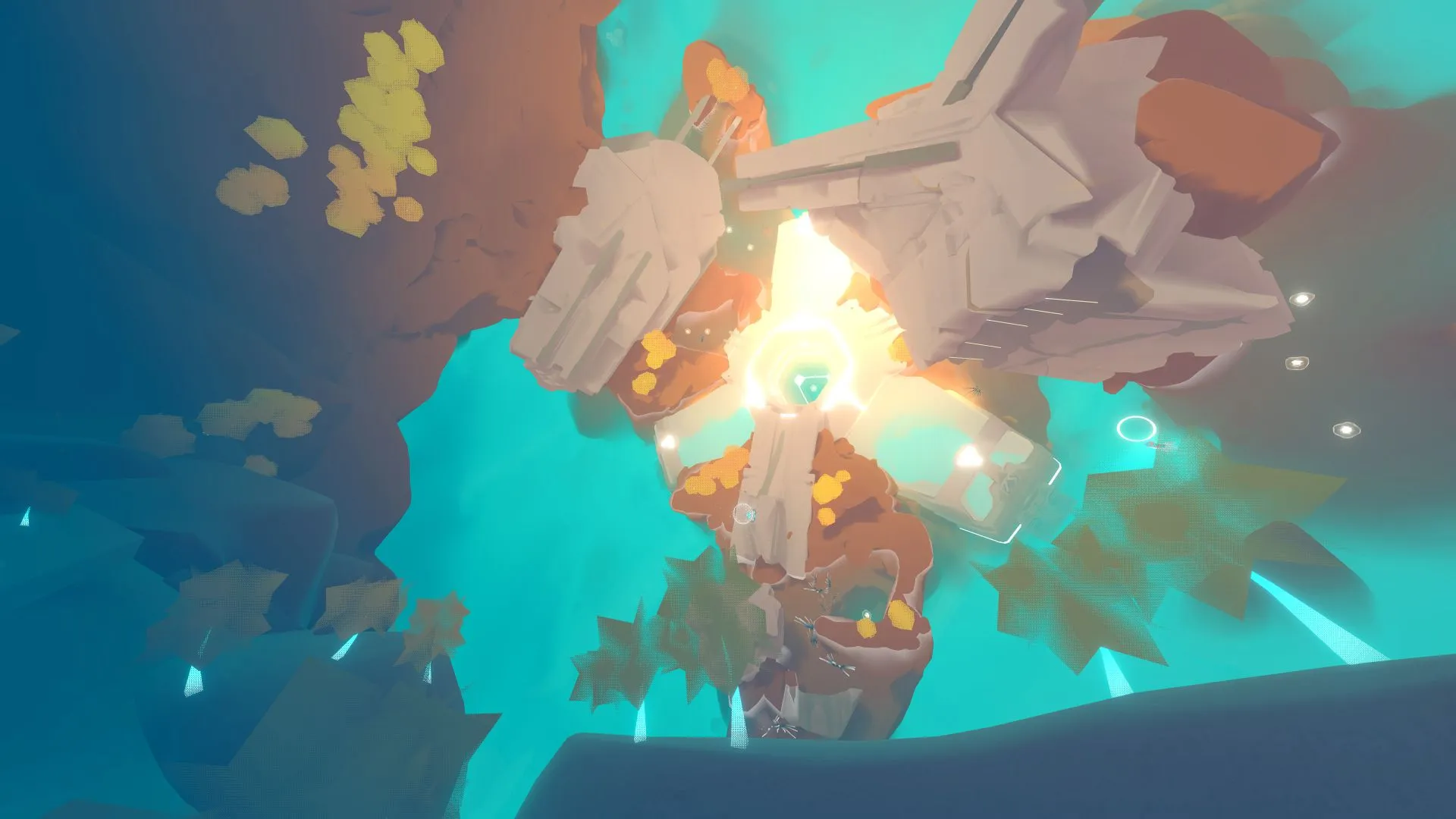
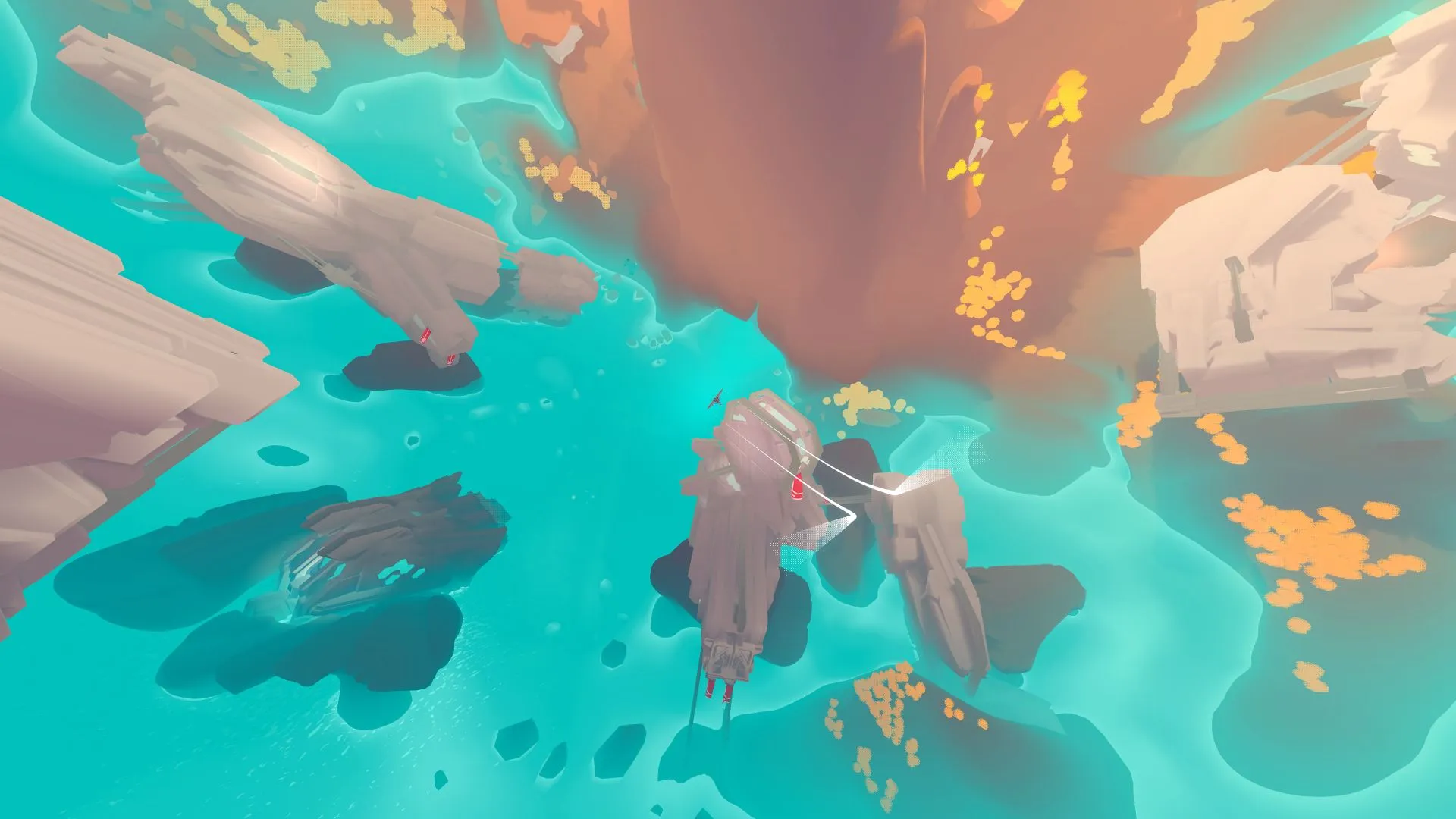
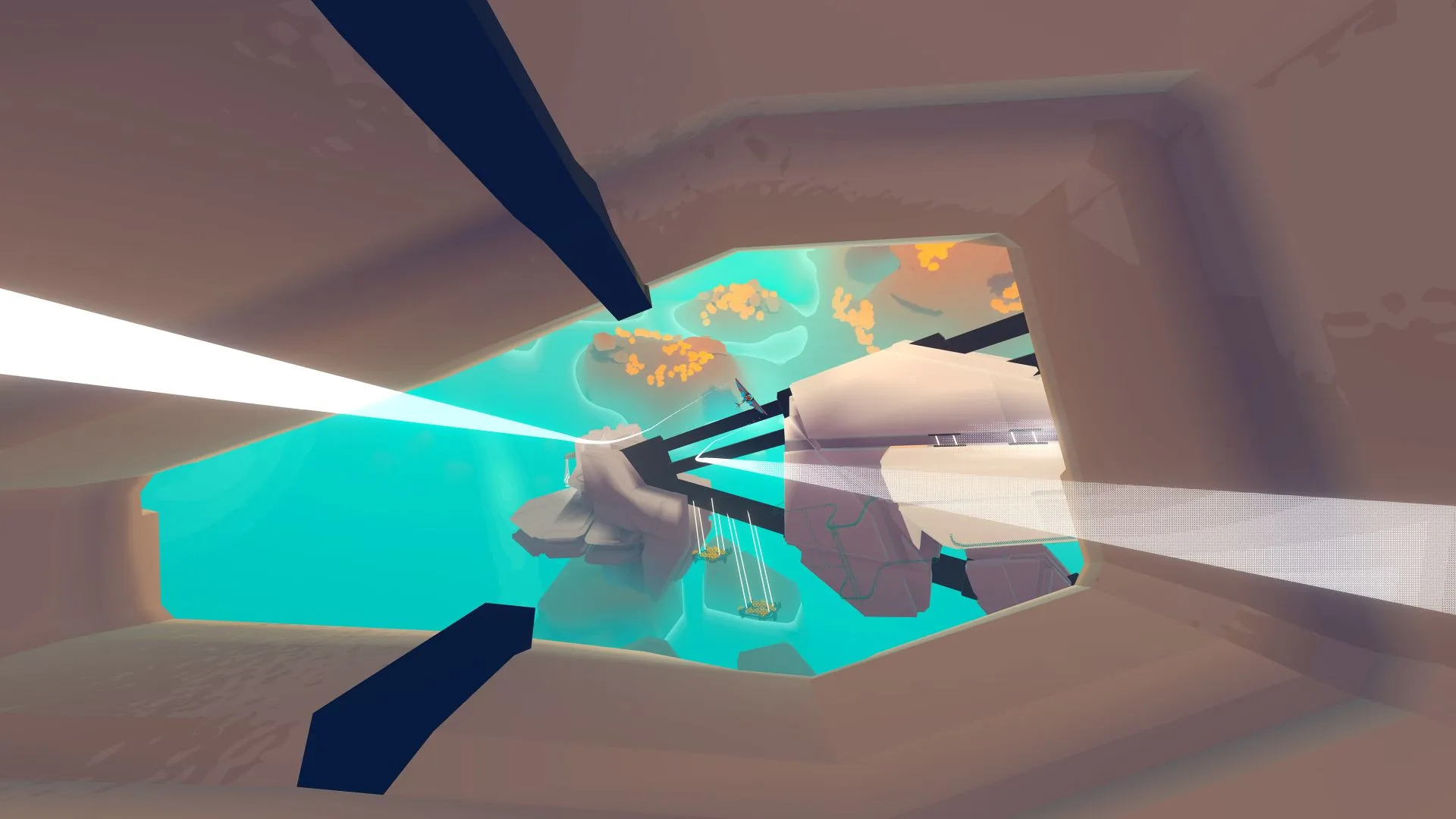
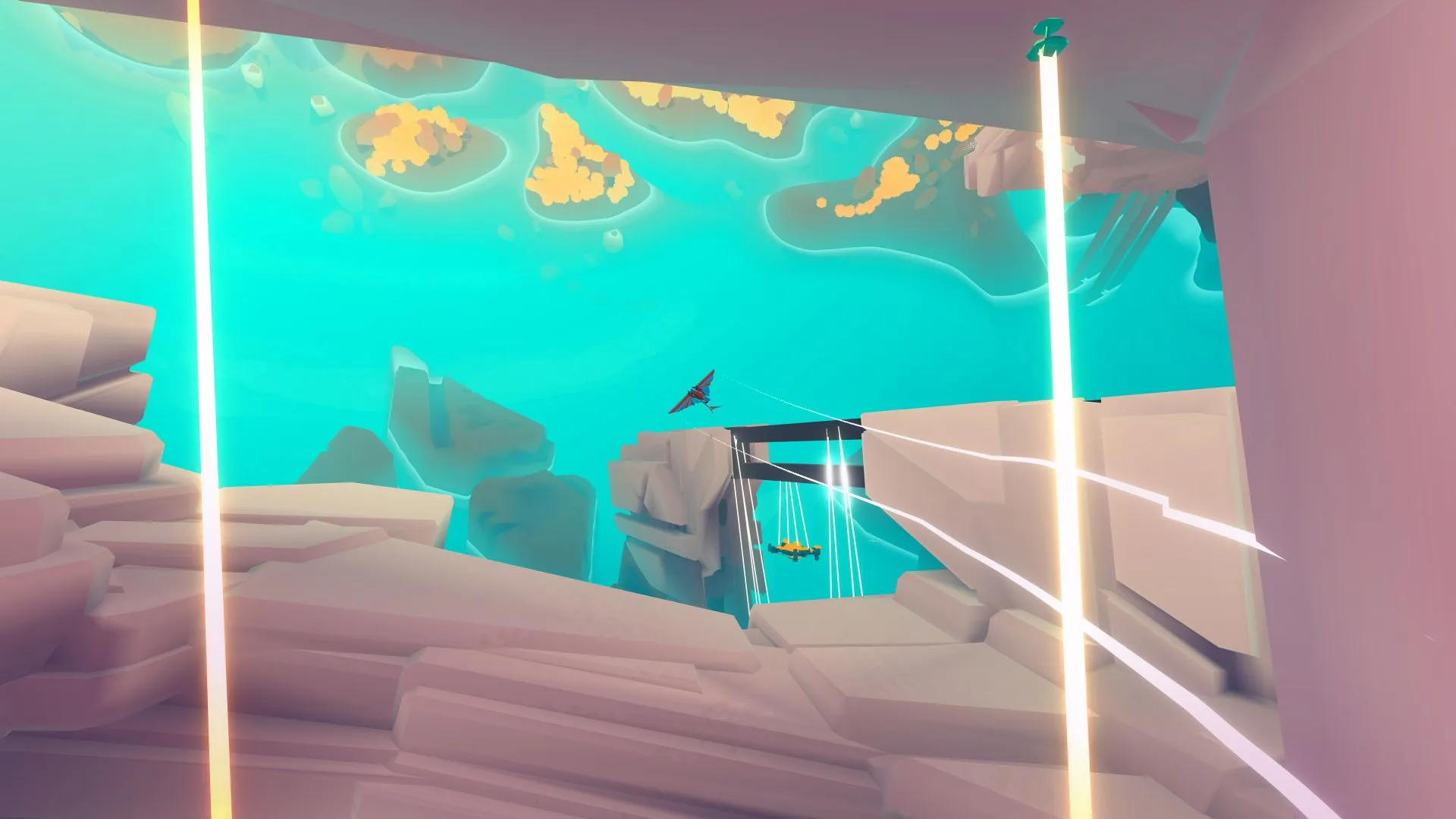
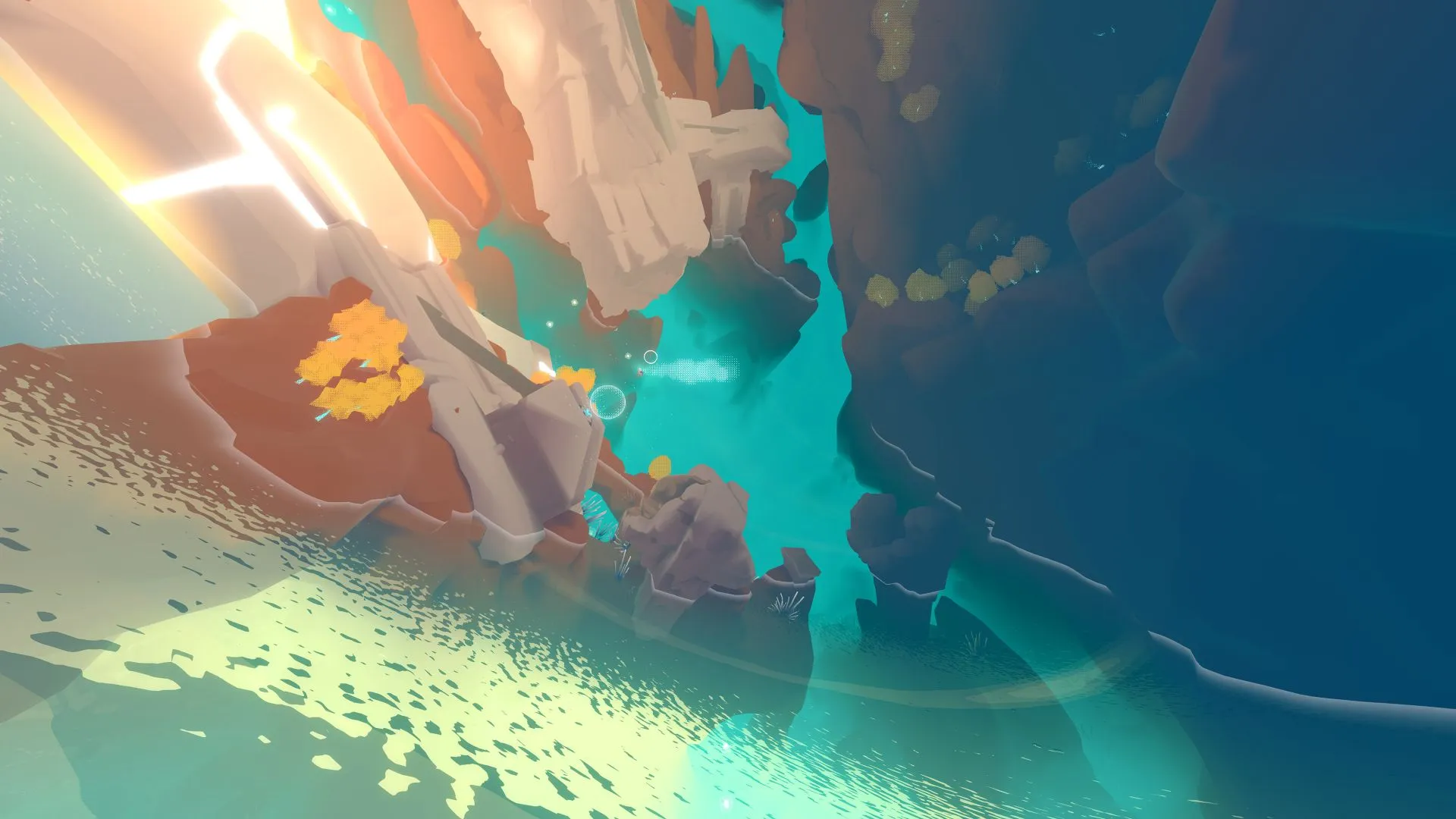
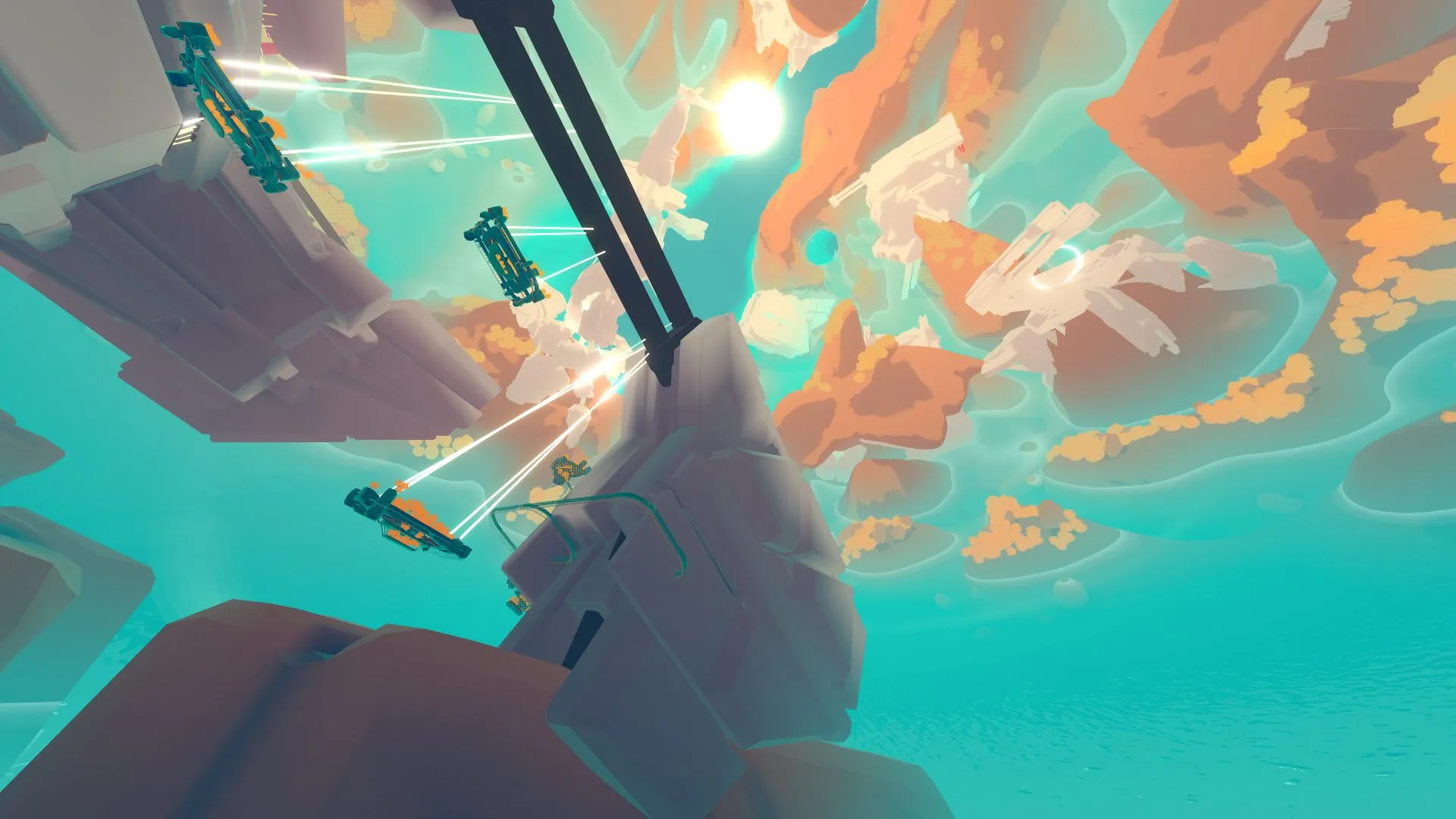
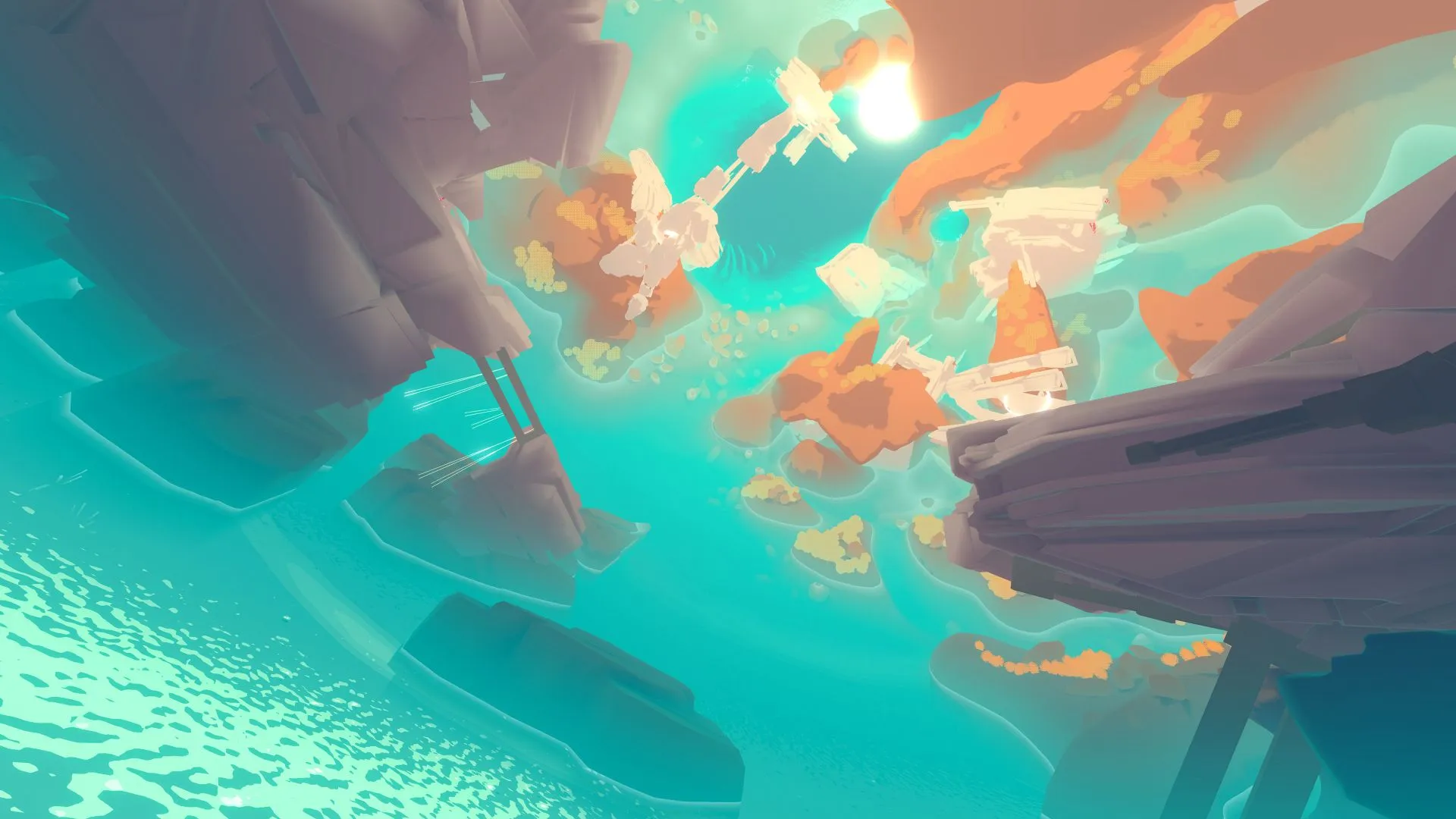
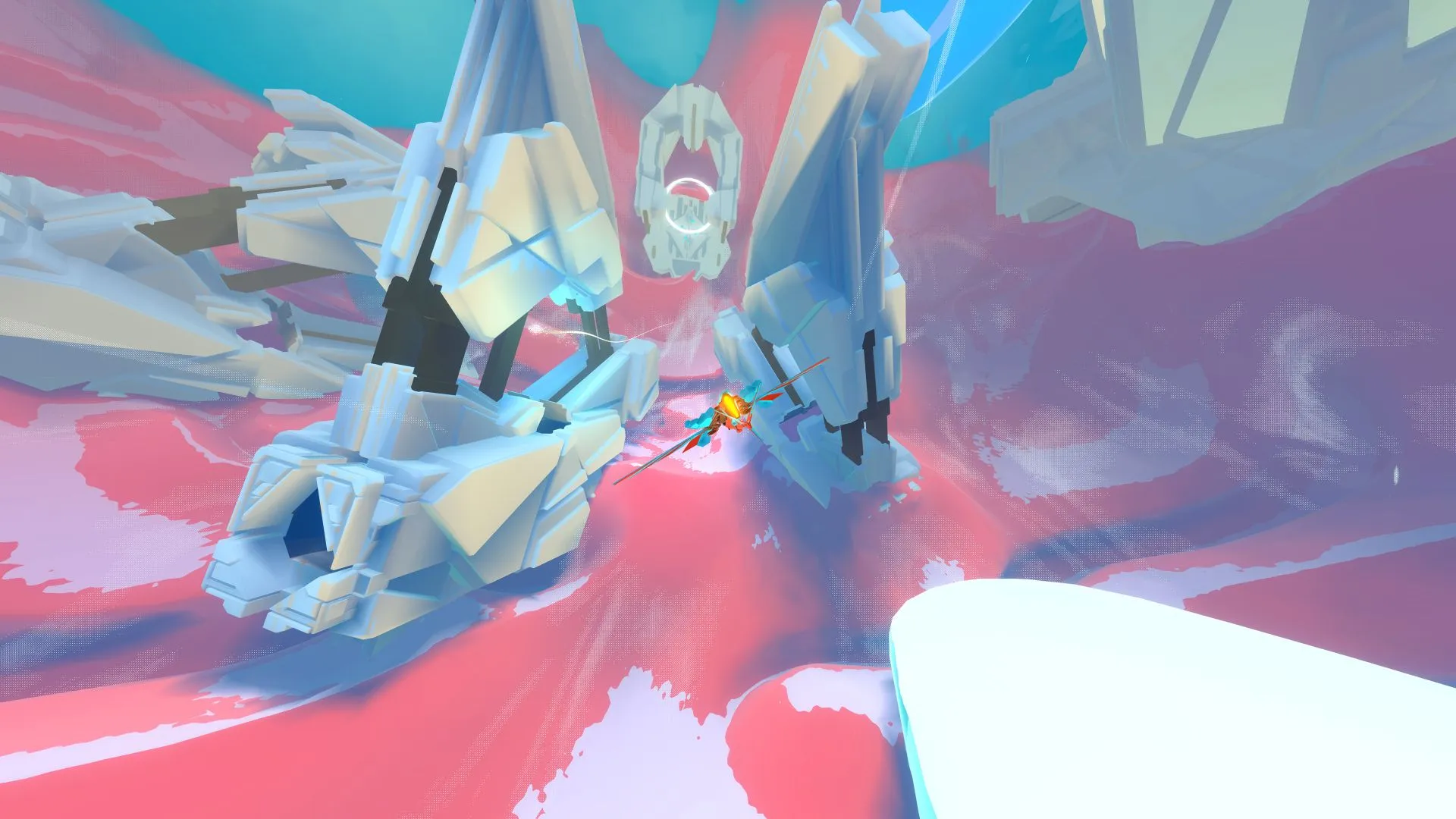
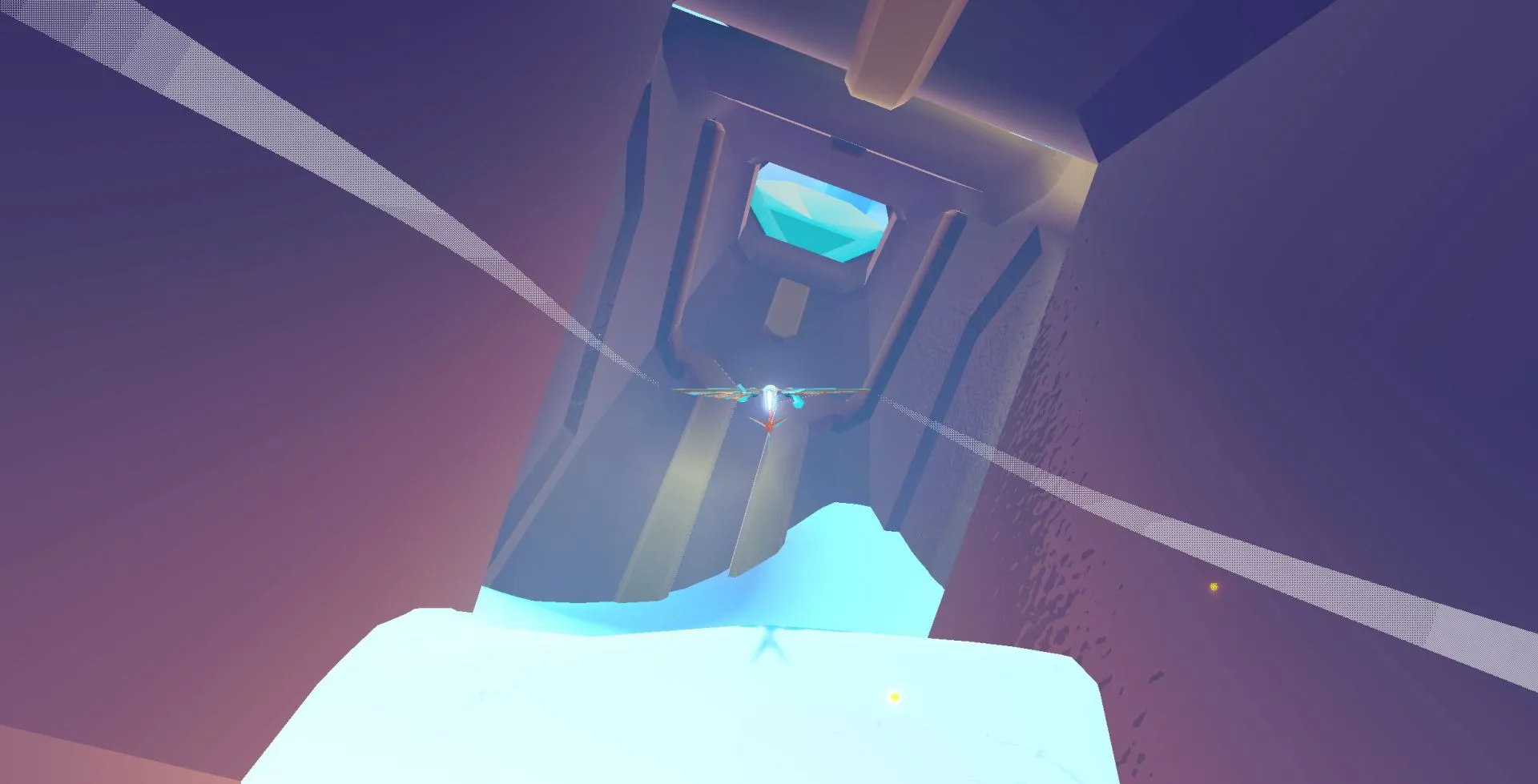
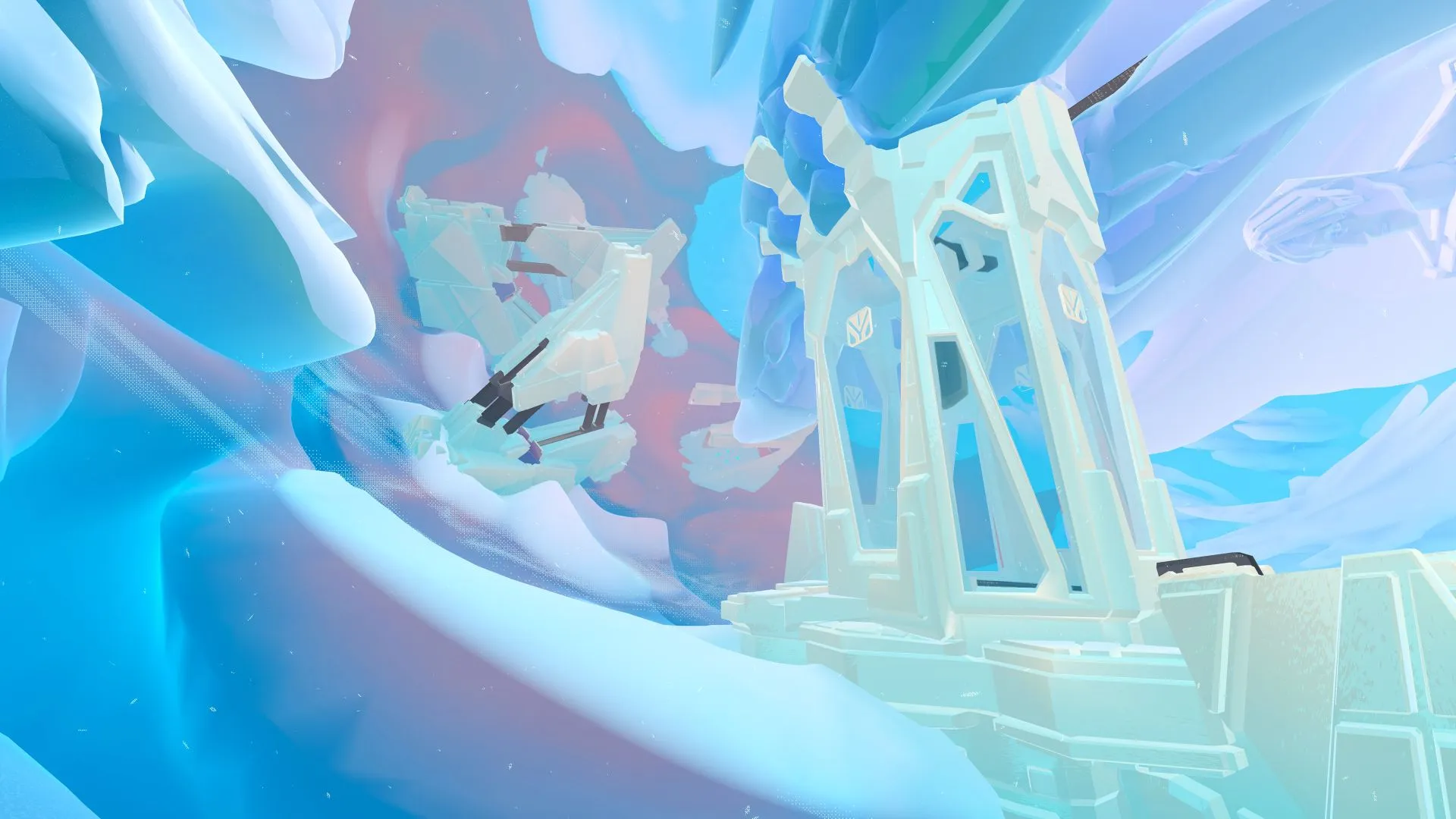
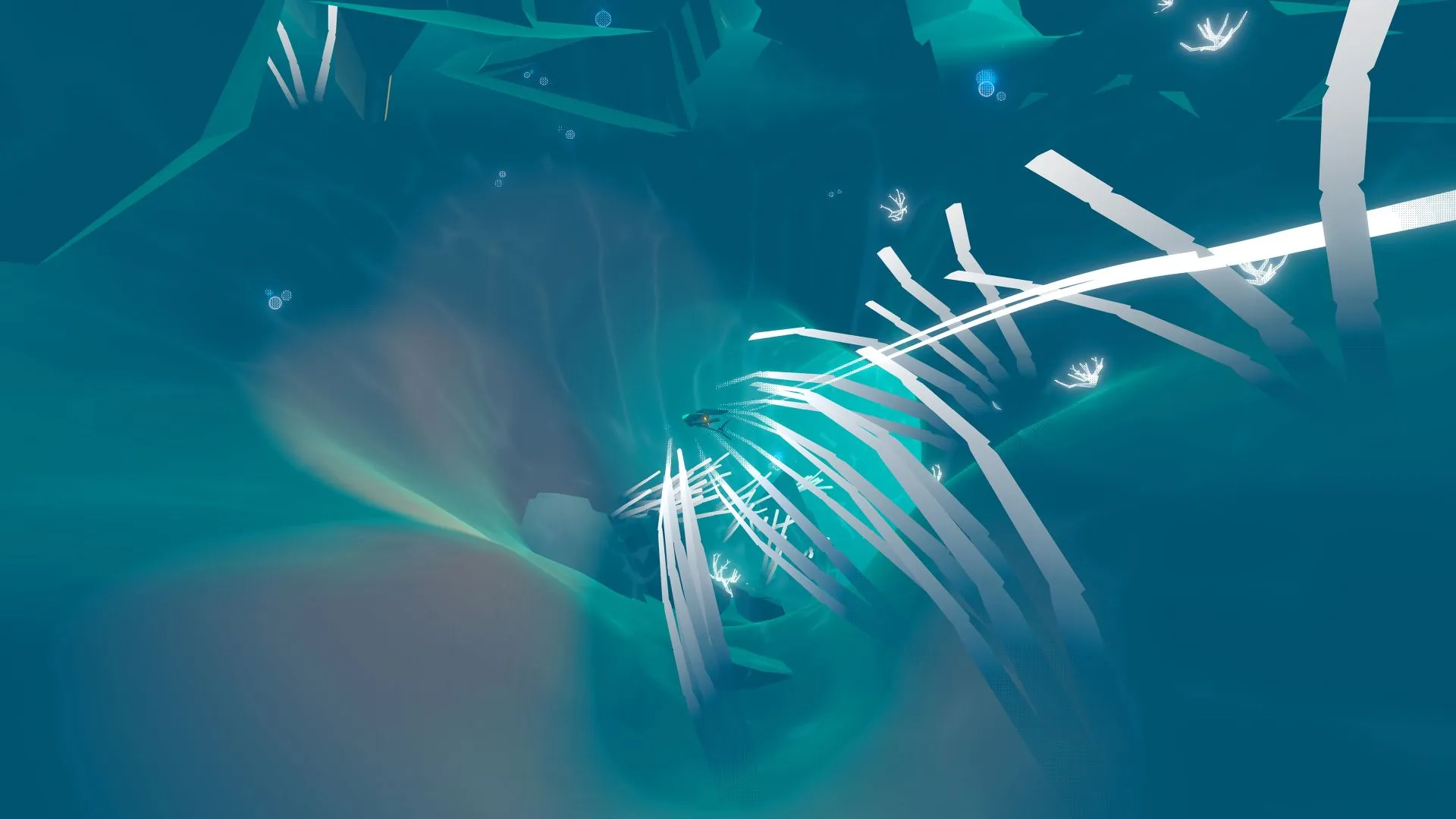
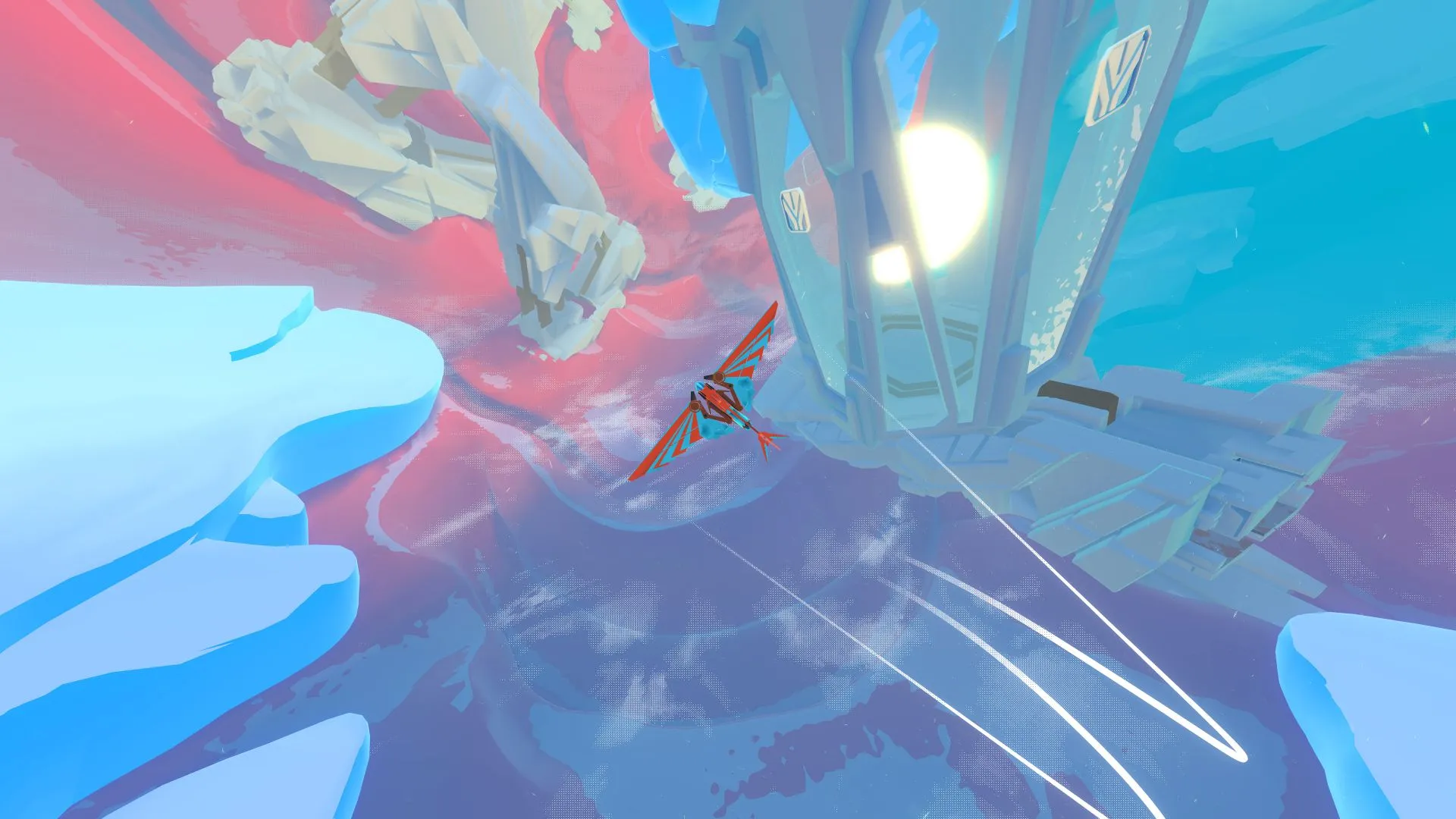
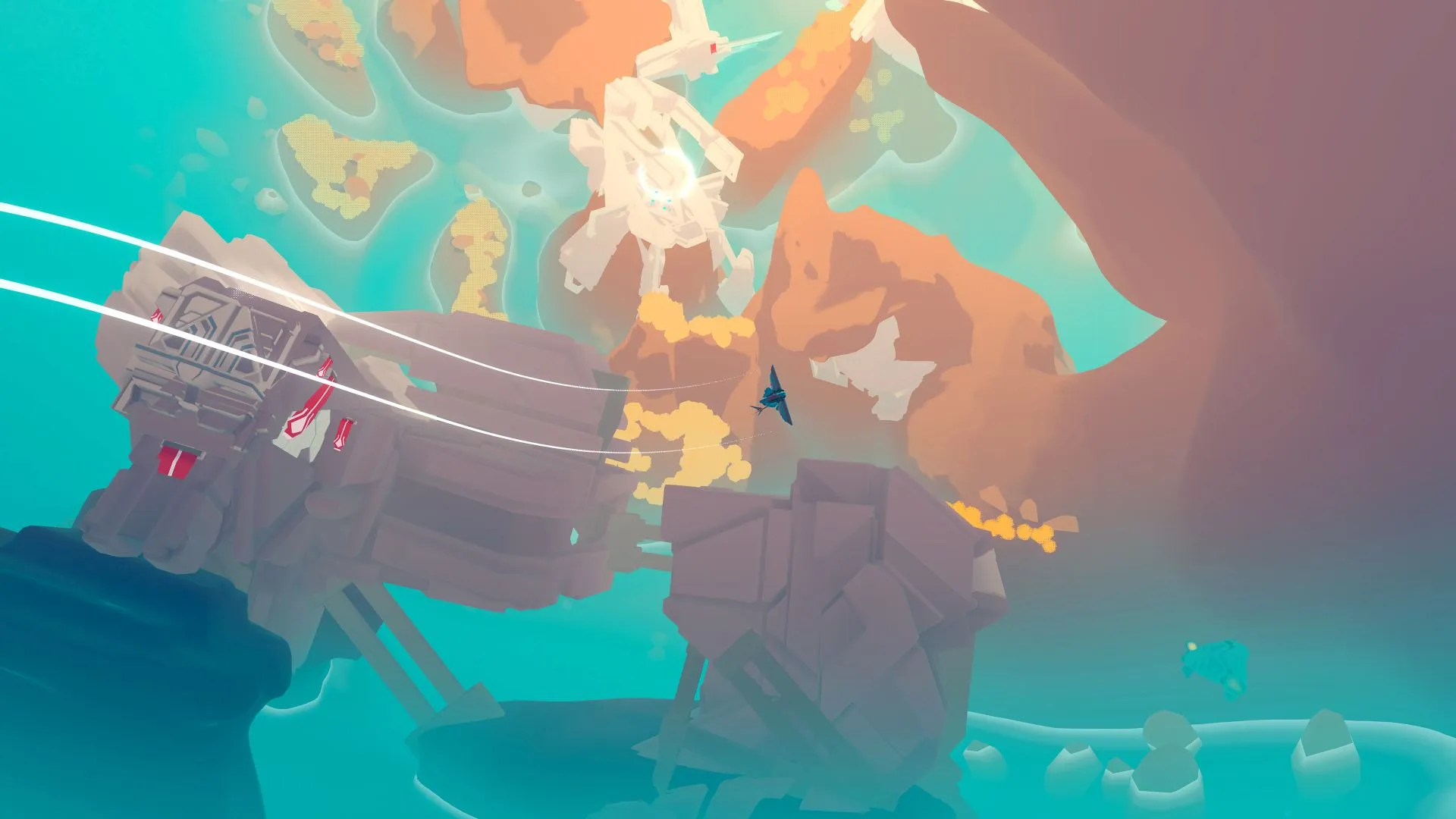

Get the Game Informer Print Edition!
Explore your favorite games in premium print format, delivered to your door.
- 10 issues per year
- Only $4.80 per issue
- Full digital magazine archive access
- Since 1991










